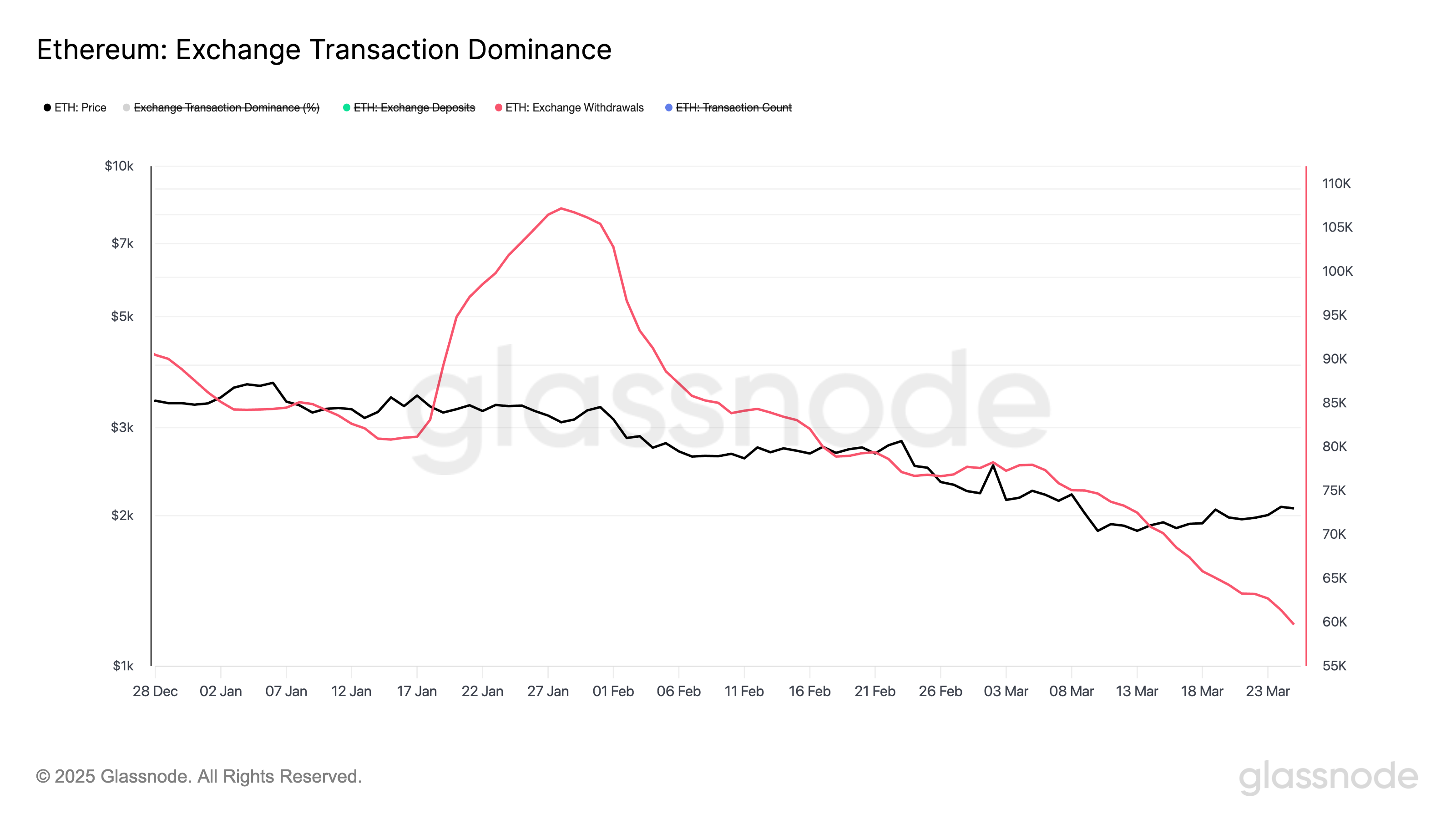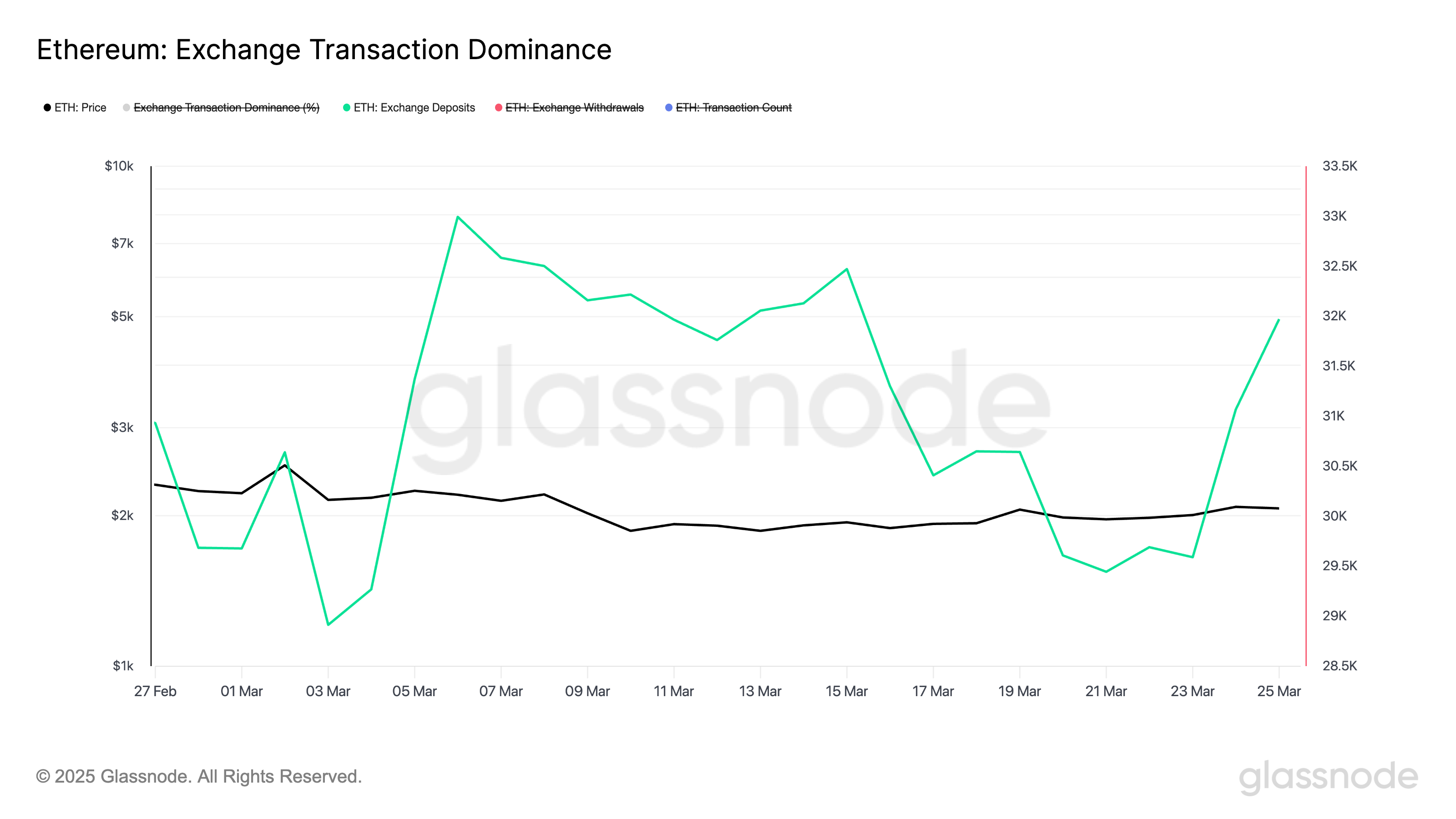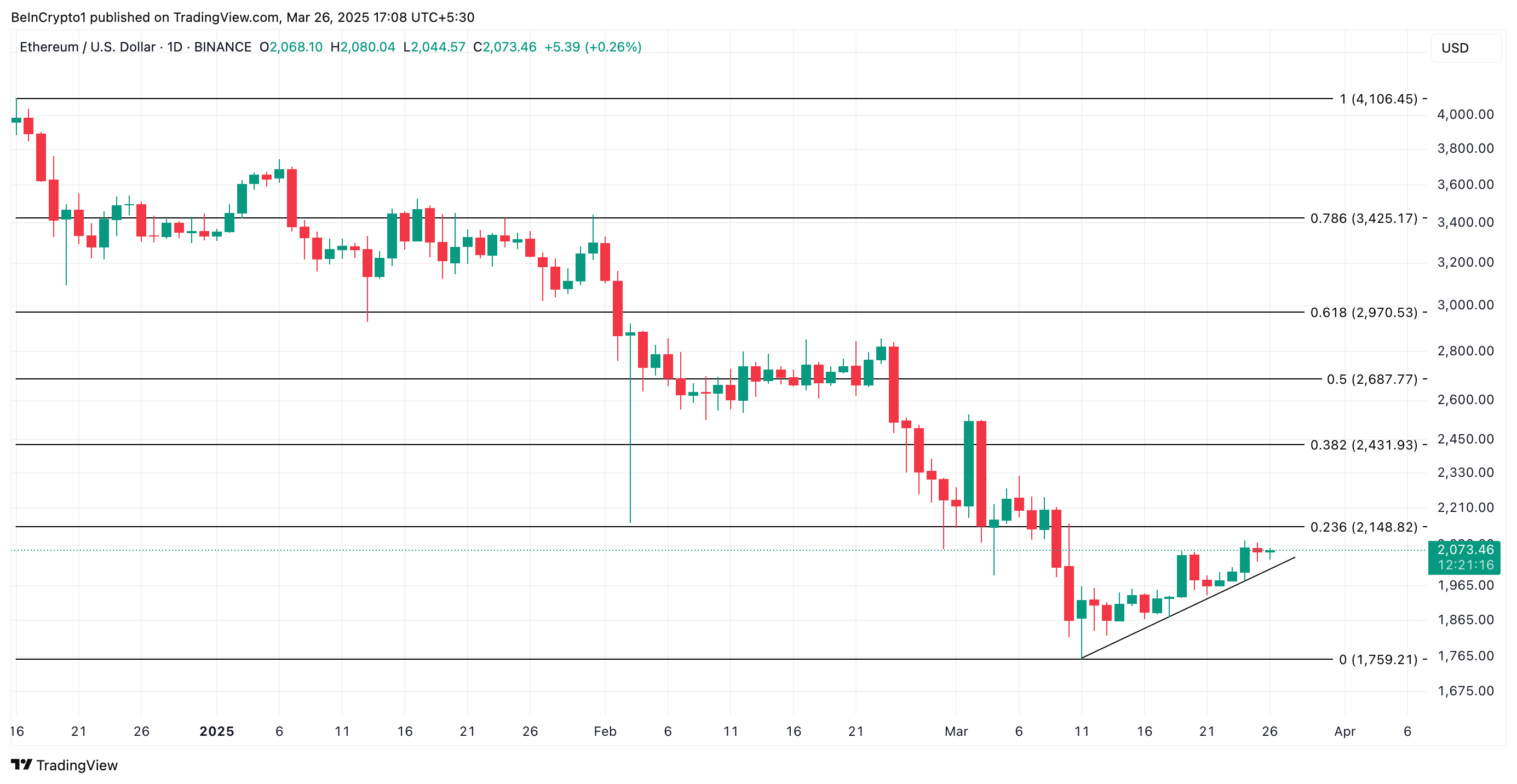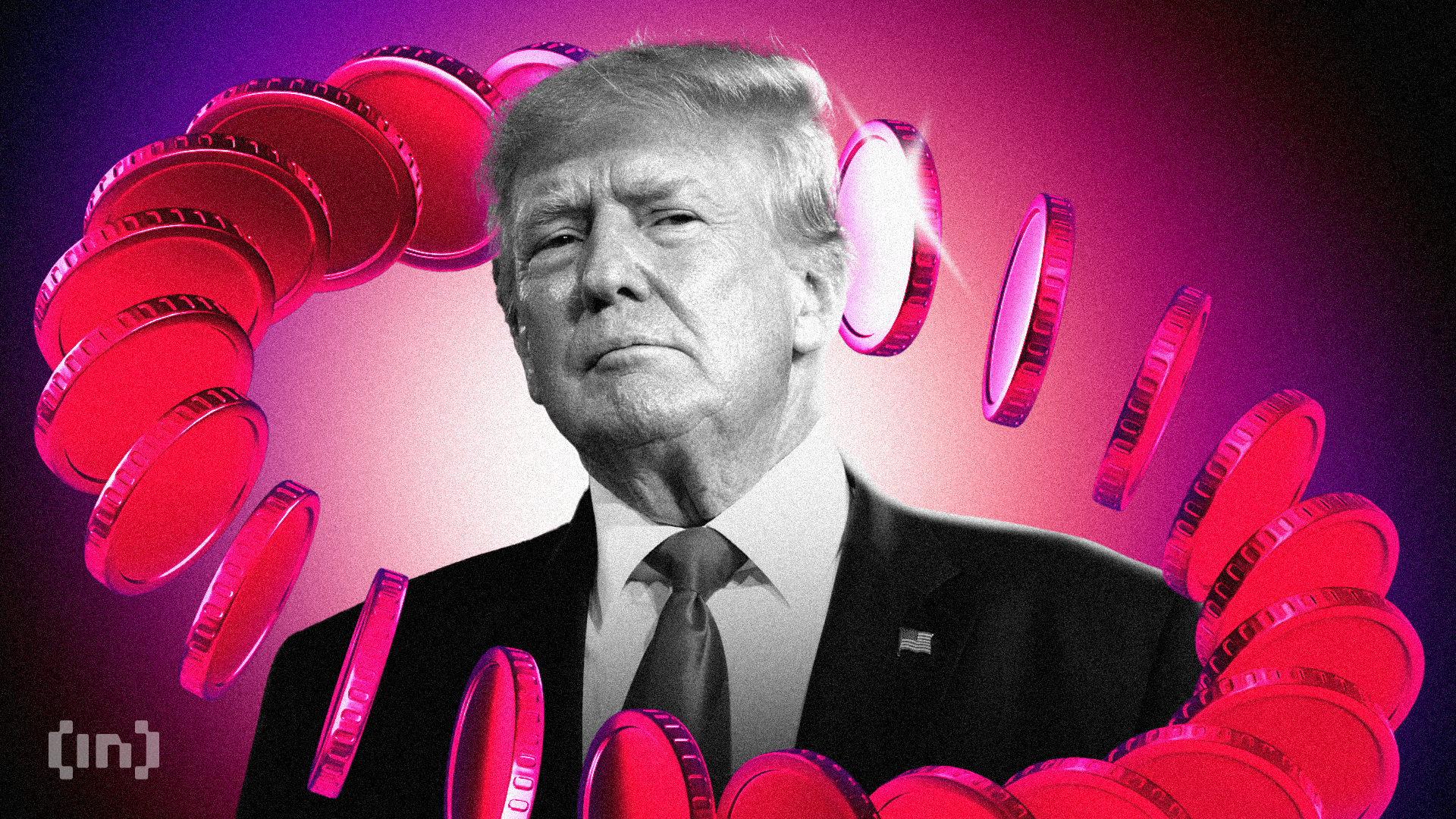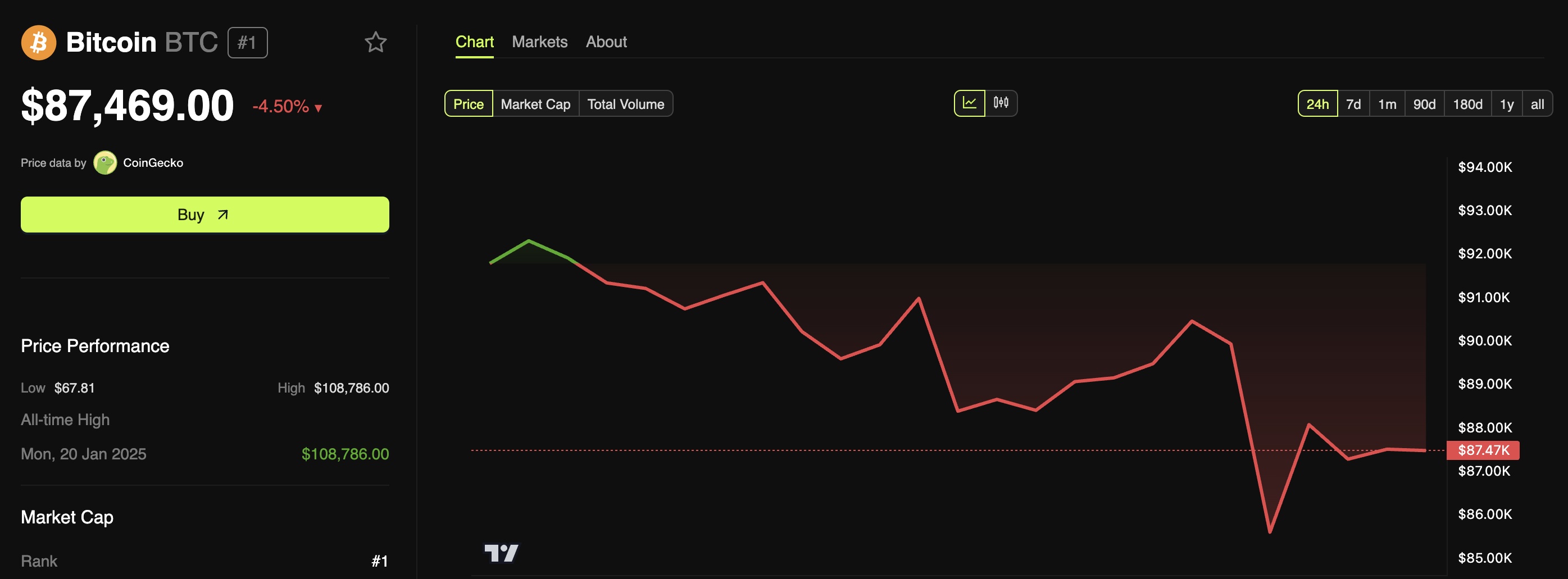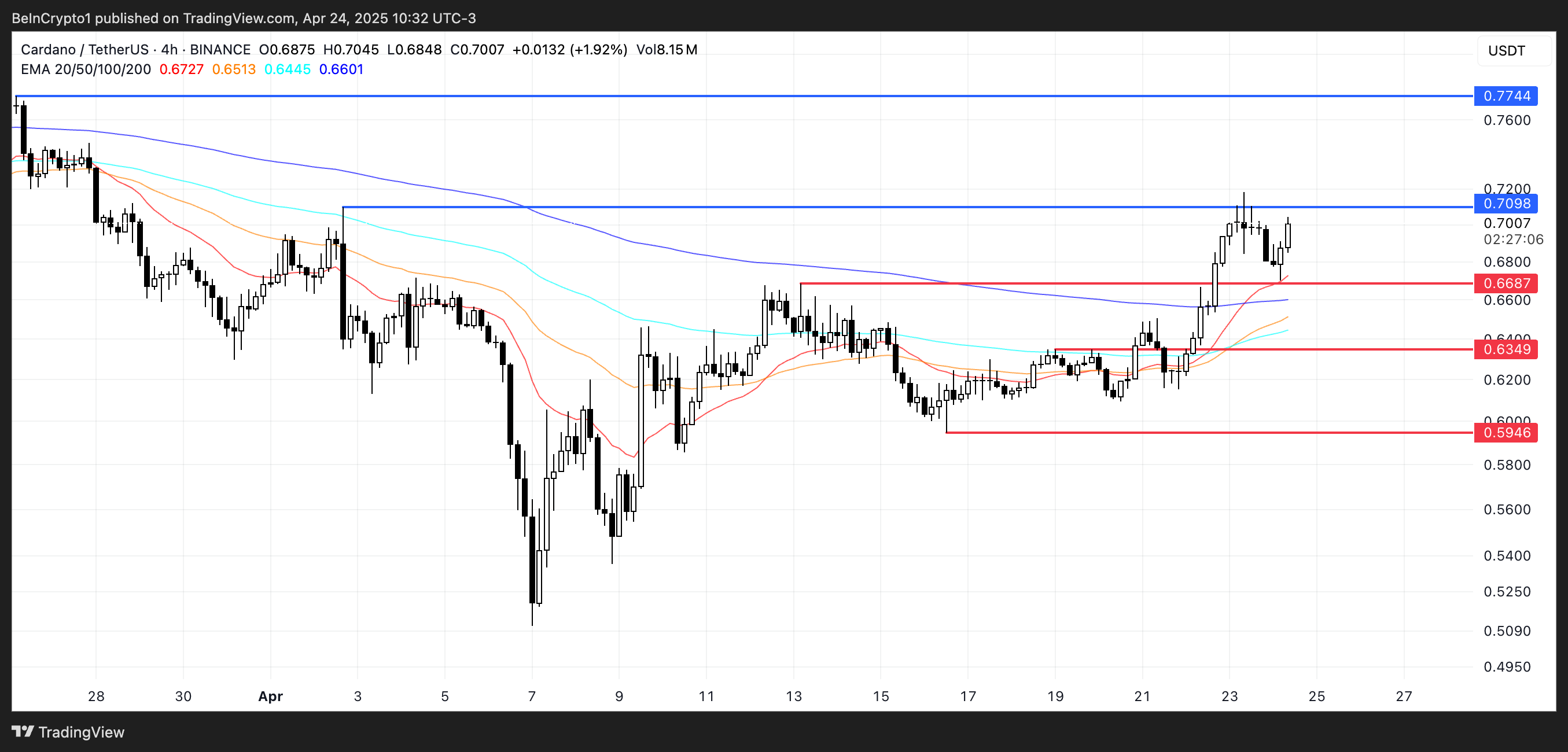In a compelling conversation at Paris Blockchain Week, Pierre Samaties, the Chief Business Officer of the DFINITY Foundation, shares the bold vision behind the Internet Computer Protocol (ICP)—an infinitely scalable, fully decentralized infrastructure designed to power the next generation of Web3 applications.
From a breakthrough AI project dubbed the ‘Self-Writing Internet’ to protocol-level integrations with Bitcoin, Ethereum, and soon Solana, DFINITY is pushing the boundaries of what’s possible in Web3. Samaties offers exclusive insights into how users will be able to build live, on-chain apps with nothing more than natural language prompts.
Samaties on the Internet Computer Protocol
DFINITY Foundation is the main contributor to the Internet Computer Protocol (ICP). I take care of anything business-related, commercial-related, and product-related at DFINITY.
The Internet Computer community is growing significantly because it’s the only true world computer infrastructure where you can actually build a full end-to-end world computer stack, which means you have front end, back end, data, and everything on-chain. This is very attractive for many developers. If you read the Electric Capital report from last year, you see that ICP is the second fastest growing developer ecosystem, right behind Solana.
The Self-Writing Internet
We’re working on something which our founder and Chief Scientist, Dominic Williams, coined the ‘Self-Writing Internet.’ This enables anyone on this planet to use an AI interface, like a ChatGPT interface, where you prompt in natural language what kind of application you want to have built and deployed on-chain.
Not only is the AI returning the codes, but it is also returning a URL with the deployed application live on the internet computer in a matter of one to two minutes. And we’re obviously working to get this to chat speed. Not only that, you can actually update the application through prompting. That is a very big thing because this is another use case, finally, after DeFi.
A Web3 infrastructure is superior to a Web2 infrastructure, but you don’t need to tell anyone about it. People will just realize that this is a great thing. I can create my own app. If I’m an individual, an enterprise, or a startup, I can just get going with natural language. So this is a very big thing.
Users wouldn’t notice the difference between web2 and web3 because any application on the Internet Computer is accessed through a web browser. So for you, it would just feel like a normal web application, which by the way, I think should actually be the real goal of Web3. I think the problem with Web3 that we have today is that it always has its own extra thing on how to access it, and some UI issues. The key to adoption is really to make it as seamless as possible. And this is what that product is.
On ICP’s Integration into Key Blockchains
Another key feature of the Internet Computer is that it has a protocol-level integration with Bitcoin, with Ethereum, and in a few weeks with Solana, and others are following. On Bitcoin, it specifically allows everyone who’s building on the Internet Computer to interact, read, and write on Bitcoin. That is very interesting for Bitcoin builders. Bitcoin is a single-purpose blockchain, which is fantastic for what it does, but it’s very hard to build logic on top of it.
Given that we have this Chain Key Bitcoin Integration, many builders – and we have over 40 different projects from the Bitcoin community – are using ICP tech to build true Bitcoin DeFi and Bitcoin Web3 applications. You can use the main chain with the most liquidity, with the best trust assumption we have for Web3 and DeFi applications.
There is a “canister,” which is our term for smart contracts on Twitter. It is a full-stack canister that can read and write Bitcoin. This means you can build the logic in everything that you want to do on ICP, smart contracts, and stiffer applications, but you immediately interact with Bitcoin.
The other important key element is that we have a digital twin of Bitcoin that is cryptographically secured on the Bitcoin mainnet, living on the Internet Computer. It’s called CkBTC and it allows for Bitcoin transactions with one-second finality, plus only 10 sets of transaction fees. That allows projects like Odin.fun, that aims to create a centralized exchange feeling on a decentralized infrastructure with Bitcoin.
Whenever you convert a mainnet Bitcoin to a CK Bitcoin, it automatically locks the Bitcoin on the mainnet. And there is no central bridge that can be rug-pulled or hacked or exploited, which makes CkBTC the most secure way to have Bitcoin outside of the mainnet.
ICP’s Scalable Infrastructure Deflationary Model
ICP is probably one of the most ambitious projects in the entire Web3 industry. This is also why DFINITY has one of the largest R&D teams in Web3, and we spend most of our funds on R&D. But what our team has actually created is something really marvelous. It is a well-configured infrastructure that is already infinitely scalable because it scales horizontally.
The mainnet has been live since 2021. We run around 500+ applications already on the Internet Computer, including entire social media platforms. There is a WhatsApp telegram clone called OpenChat with around 20,000 users already. And scalability is not a problem. The system has been designed for scalability. Think about it: if you have an undertaking to create a true world computer, you make very intelligent choices about scalability.
As I mentioned, it is horizontal scalability. We don’t have a gas model but a reverse gas model. Now, all of us feel the pain of second-generation blockchains that have this gas model, where you always need to top up in order to do transactions. The Internet Computer has to build from scratch on a first-principle approach.
This is what we call a reverse gas model. As a user, you will not be obliged to pay gas fees because we think that kills adoption. Instead, we have a model that is pretty much the same as we have in web2 today. If you host your application on Amazon, you would pay Amazon for your cloud computing space. This is exactly the same logic on the Internet Computer.
If you’re a developer, you pay for compute cycles, and you pay for these compute cycles in ICP, and this ICP is burnt. This also means the more computing is happening on the Internet Computer, the more deflationary the tokenomics are.
ICP’s Deflationary Model
I can’t comment on prices, but we already had a few days in the last six months where the network became deflationary because of a significant network activity of a few projects that have been deployed. This leads us to believe that we might reach a sustainable deflationary state way before we predicted it initially.
But again, time will tell, and the self-running internet is also going to be a key catalyst, because every application that you can deploy will obviously run on ICP. It will need to pay for its compute cycles, which is very cheap by the way, probably the cheapest in the industry. That will further add to some type of deflationary elements.
About Developing on ICP
As long as the self-writing internet is not out, you will not be able to use AI for prototyping. But once that’s out, maybe relatively soon, you can just prototype with that. If you are a project and you have already figured out the architecture and your idea, you can just contact our dedicated growth team, which is led by my colleague Lomesh.
The growth team will help you with everything from onboarding you to the Internet Computer, reviewing your projects, and potentially also supporting me with some grants.
Expectations at Paris Blockchain Week
For me, the real benefit of these conferences is to have face-to-face discussions. As always, we have a lot of online meetings and so on. But I think the value of this is really to have here a lot of people, in particular, every European leader of the industry.
So we can have just good discussions, and we can just get things done. Still, we are a trustless industry in a sense, we want to achieve trustless, but face-to-face discussion is still very important to build trust. That’s what I’m trying to achieve here.
The post DFINITY’s Pierre Samaties Discusses ‘Self-Writing Internet’—AI That Builds Web3 Apps for You appeared first on BeInCrypto.
